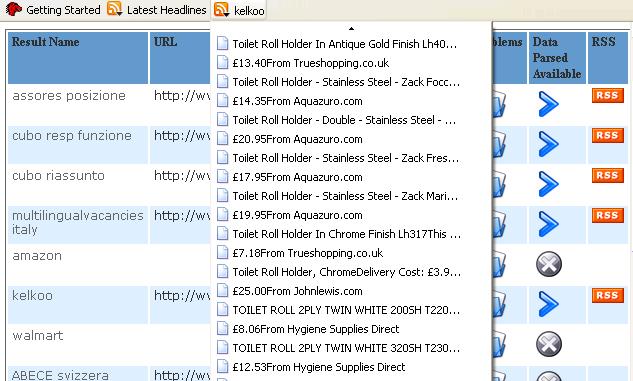Webnavigator startup
Webnavigator is provided as a Web application that runs
under Tomcat. Copy the webnavigator.war file under the Tomcat
webapplication folder, and that's it.
To start using the application browse to:
http://localhost:8080/webnavigator/jsp/index.jsp
Webscript page
The main page presents the list of the scripts available on
the (local) server.
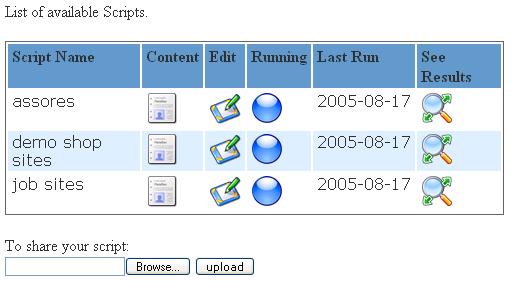
From this page you may:
If you have created a new script and want to execute it, you
have first to make it available on the server. Use the upload button to
browse your local file system and select the file.
Note: if the file you selected doesn't conform to the xml
schema, an error page is returned.
More information on how to create a search template are
reported in the document
How to create a Search template.
Once the script has been uploaded you can execute it. (Note:
a refresh sometimes is needed to see the
running status updated).
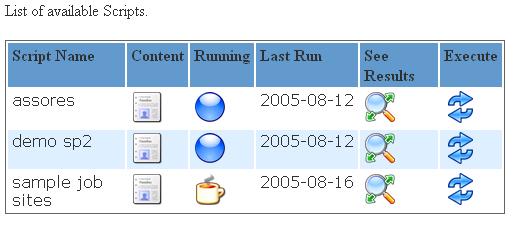
Once the execution of the script has been completed, you may
browse the result page.
Result page
The result page list all the sites browsed. The updated icon is set when
results are different from the previous version stored locally. The
problems icon is set if any problem has been encountered during the site
browsing. Refer to
Common errors for information on how to solve
these problems.
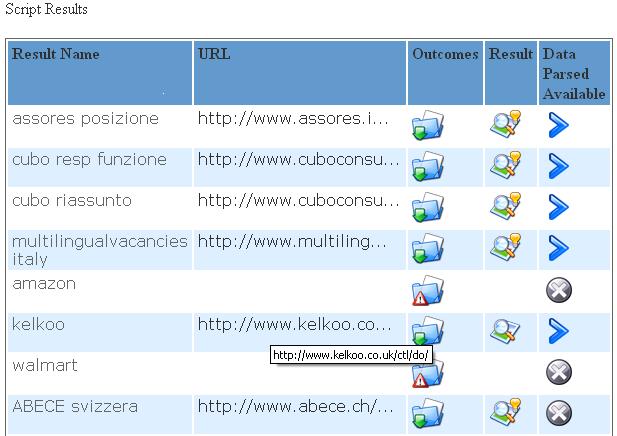
You may see the dynamic result page returned from the site clicking on the
provided link. Note that only this page is stored locally, the link inside
the page are modified to point to the original site.
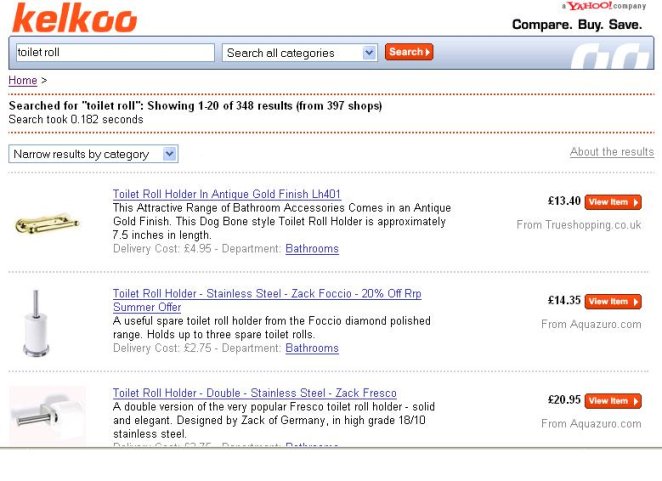
A special icon indicates if there are new results in the page and if
parsed data are available. More information on parsed data can be found
in
How to create a Search template.
Parsed data are reported, and updated data identified.
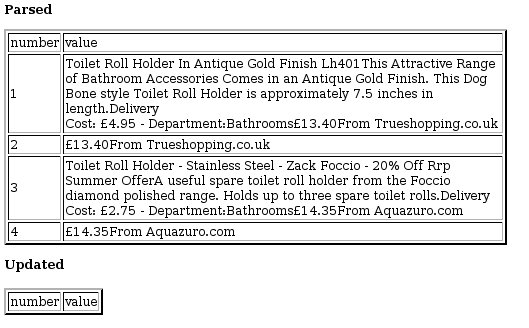
Scheduler
The scheduler menu allows to enable the scheduling of scripts, to activate
the notification via email, and to subscribe to results as RSS feed.
Calendar
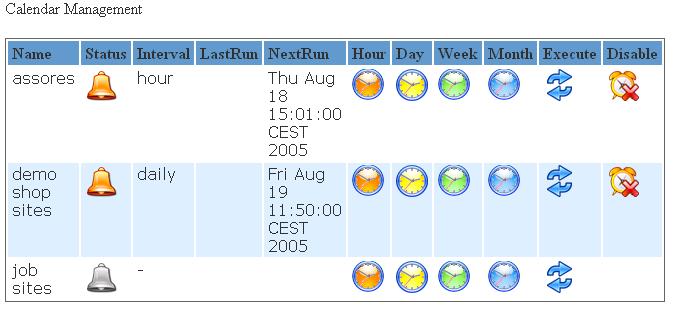
Email Alert
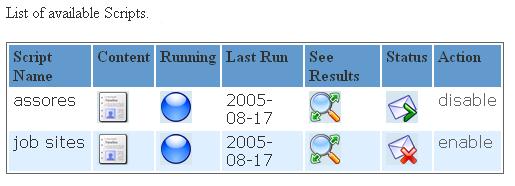
RSS feed
Parsed information are made available as RSS feeds.Using an RSS enabled
client is possible to subscribe to the dynamic feed and be updated of new
results returned from a scheduled script.
The following picture shows Firefox browser with the 'livemarks' tab
opened to subscribe the available feeds.
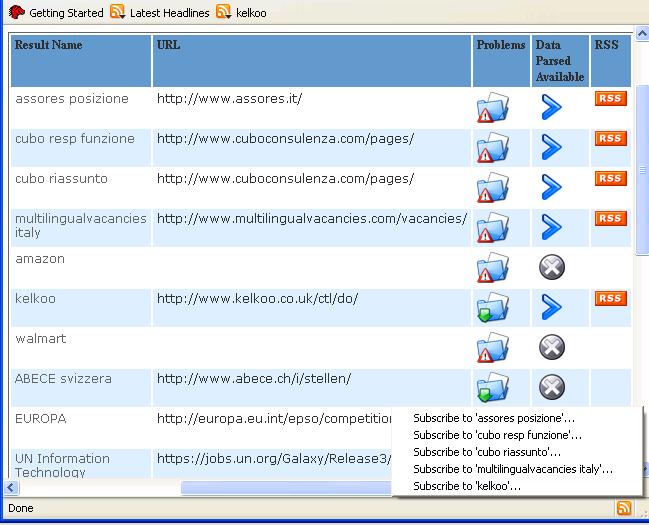
And you can see that the RSS feed is composed of the parsed data.
